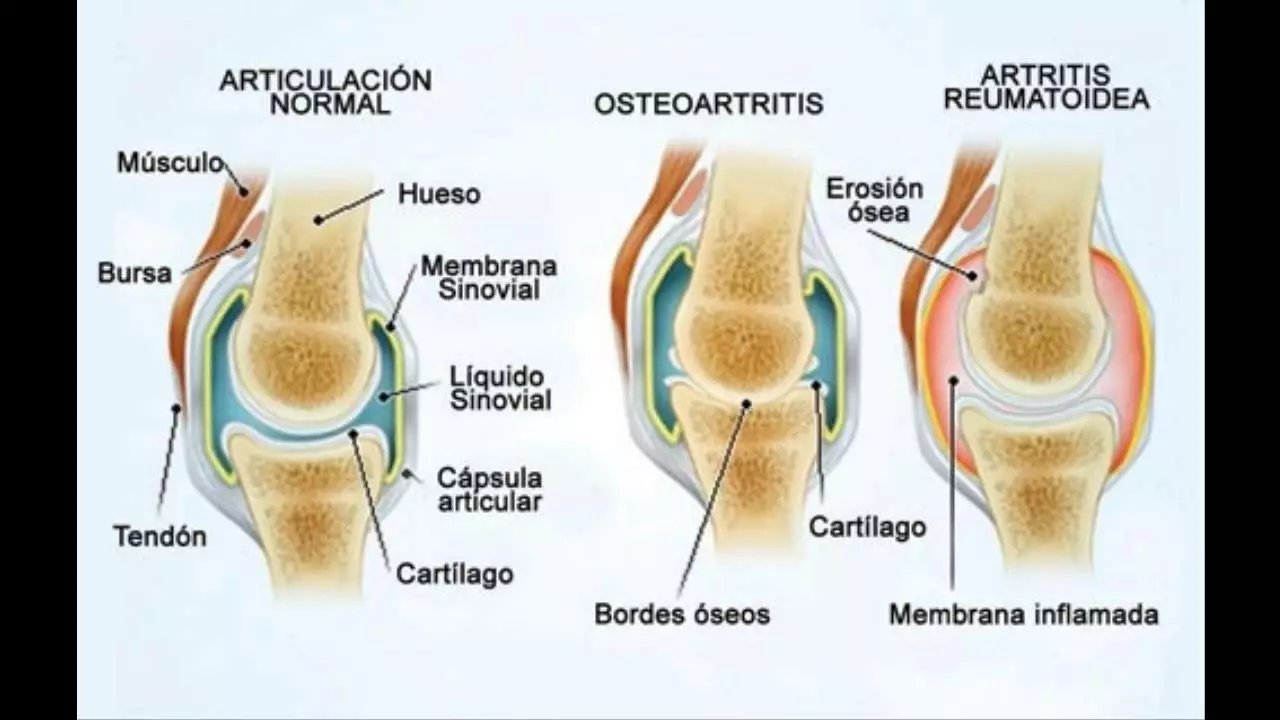Juvenile arthritis — what parents and teens need to know
Juvenile arthritis is a group of chronic conditions that cause joint pain, swelling, and stiffness in children and teens. It often starts before age 16 and can change over time. The most common form is juvenile idiopathic arthritis (JIA). Early recognition helps keep kids active and growing well.
Watch for these signs: swelling in one or more joints, stiffness after rest, limping, or unexplained fevers and rashes. Some kids complain of tiredness or refuse activities they used to enjoy. Symptoms can be subtle — a child might say their knee "hurts" only in the morning or after sports.
Treatment options
Treatment aims to control inflammation, ease pain, and protect joint function. Doctors usually start with nonsteroidal anti-inflammatory drugs (NSAIDs) for mild symptoms. If inflammation continues, they may prescribe disease-modifying antirheumatic drugs (DMARDs) like methotrexate. Biologic medicines target specific parts of the immune system and help many children when other drugs don’t work.
Short courses of corticosteroids reduce severe flares but aren’t a long-term solution due to side effects. Physical and occupational therapy are crucial — therapists teach exercises to keep joints flexible and suggest ways to do schoolwork and sports without extra strain. Regular eye exams matter too; some forms of juvenile arthritis cause silent eye inflammation that can damage vision if untreated.
Daily life and practical tips
Keep a symptom diary noting pain, swelling, sleep, and activity. That record helps your child’s doctor spot patterns and adjust treatment. Encourage gentle exercise: swimming and cycling build strength without pounding joints. Apply ice for active swelling and heat for stiff mornings. Prioritize sleep — poor rest makes pain feel worse.
School needs vary. Talk with teachers about rest breaks, modified PE, and help carrying heavy backpacks. An individualized health plan (IHP) or 504 plan can make school life easier and prevent missed learning. Social support matters: explain the condition to classmates in a simple way so your child feels understood, not singled out.
When to call the doctor? If a joint becomes very swollen, hot, or very painful, seek care quickly. Also call for high fevers, sudden vision changes, or a big drop in activity. Routine follow-ups let the care team watch growth, check labs, and manage medication side effects.
Many children with juvenile arthritis grow up to lead active lives. With good treatment, regular therapy, and school support, most kids keep doing sports, hobbies, and school like other children. If you’re worried, start with your pediatrician or a pediatric rheumatologist — early action makes a real difference.
Keep medicines stored safely and track refills so doses aren’t missed. Ask the doctor about vaccine timing — some treatments affect immune response, and live vaccines may be delayed. Consider talking to a dietitian if growth slows; good nutrition supports recovery. Join a support group or online forum to share tips and reduce stress. Save emergency contacts and a brief health summary in your phone so caregivers can act fast if a flare happens. You don't manage this alone.

Sulfasalazine for Juvenile Arthritis: A Closer Look
Jun 26, 2023, Posted by Mike Clayton
In today's post, we're taking a closer look at Sulfasalazine, a medication commonly prescribed for Juvenile Arthritis. This drug has been proven effective in reducing inflammation and pain in affected joints, making it a popular choice among healthcare providers. However, it's important to discuss potential side effects and risks with your doctor before starting treatment. As with any medication, what works for one person may not work for another, so it's crucial to find the right treatment plan for your child. Stay tuned for more updates and information on Juvenile Arthritis and its treatments!
MORESEARCH HERE
Categories
TAGS
- treatment
- online pharmacy
- dietary supplement
- side effects
- health
- dietary supplements
- health benefits
- online pharmacy Australia
- medication adherence
- medication safety
- thyroid disorders
- treatment option
- calcipotriol
- blood pressure
- erectile dysfunction
- closer look
- optimal health
- sexual health
- bacterial infections
- nutrition
